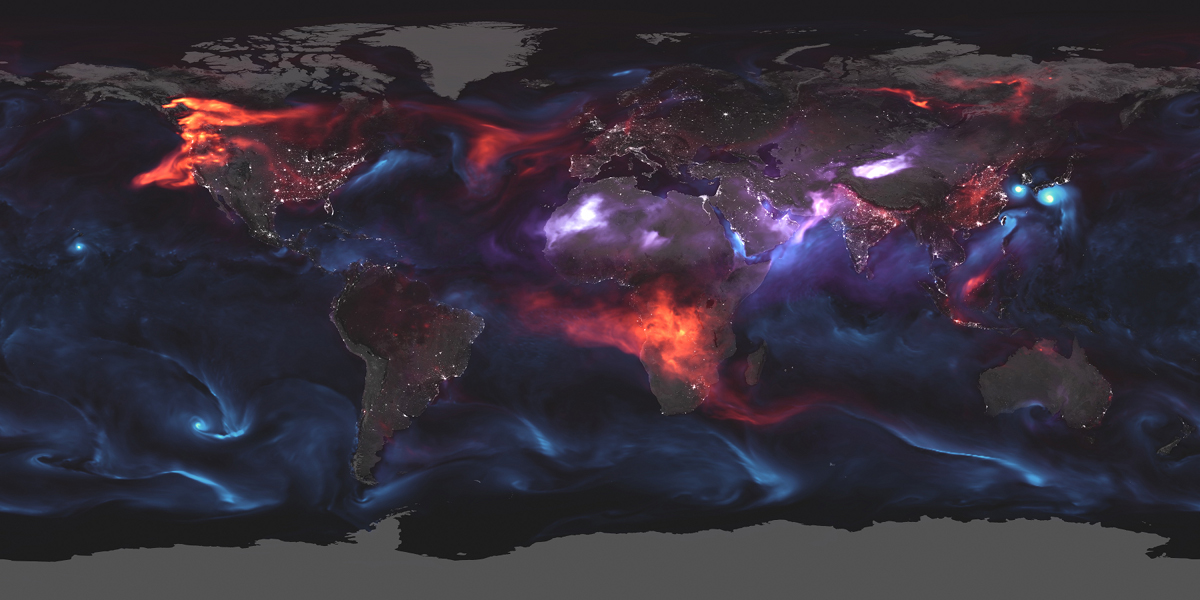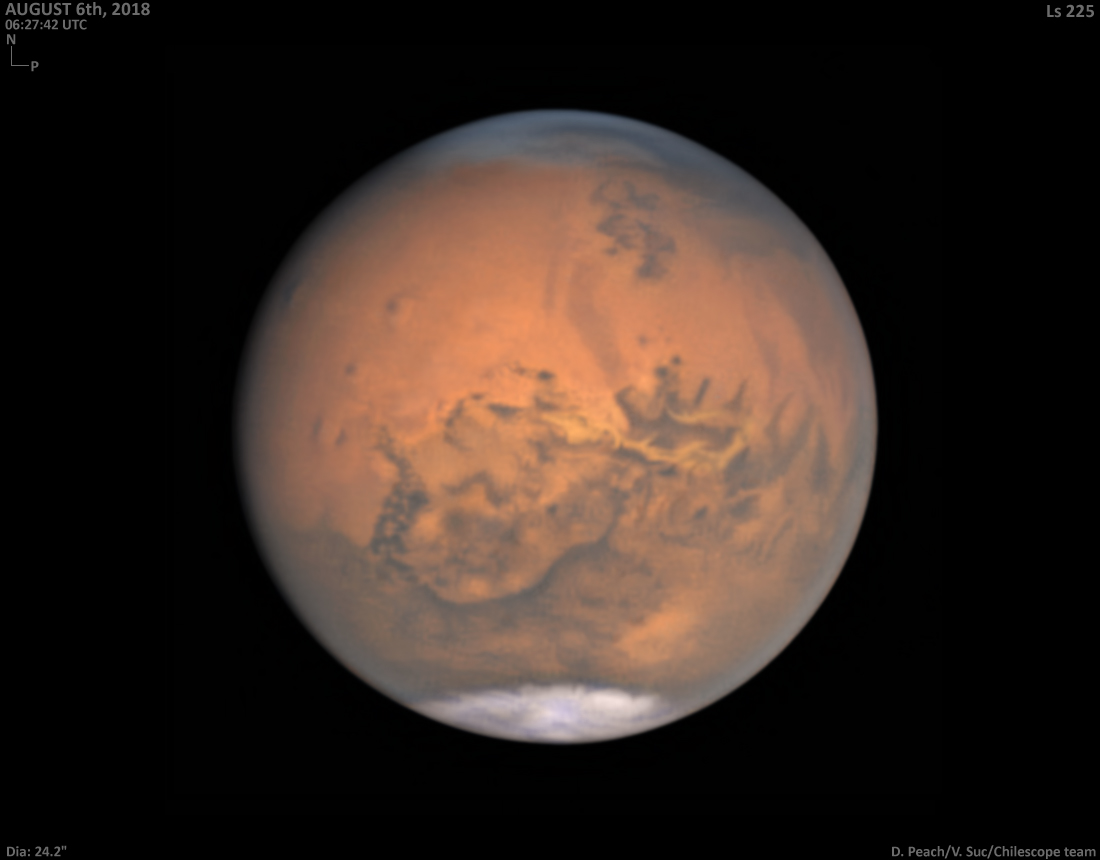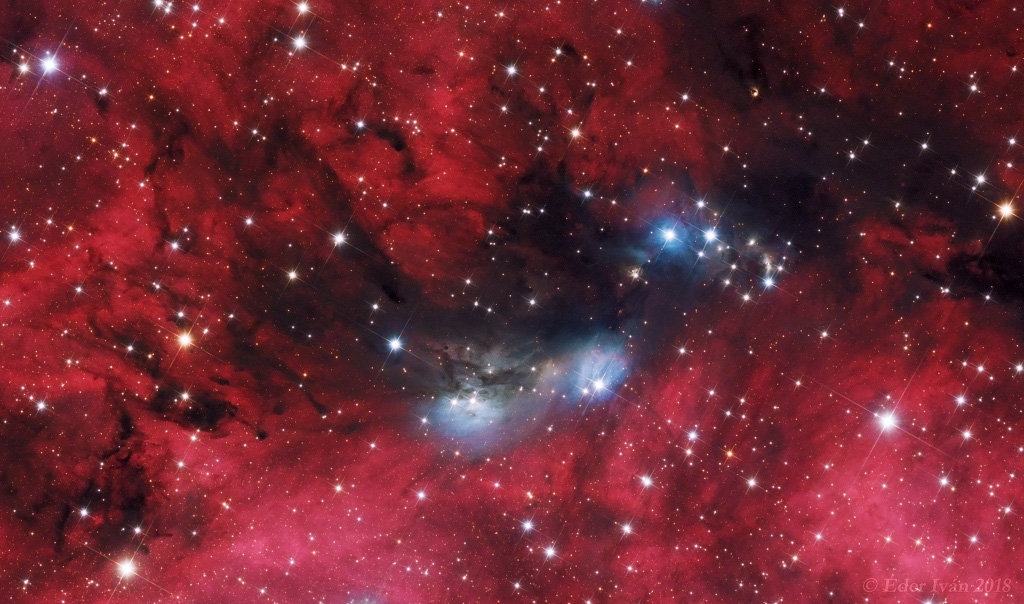


NASA is inviting media to view NASA’s Ionospheric Connection Explorer (ICON) spacecraft Thursday, Oct. 4, ahead of its scheduled launch aboard a Northrop Grumman Pegasus XL rocket Saturday, Oct. 6, at 4 a.m. EDT from Cape Canaveral Air Force Station (CCAFS) in Florida.
from NASA https://ift.tt/2C6285B
via IFTTT![]()
NASA is inviting media to view the final test of the Orion spacecraft’s parachute system on Wednesday, Sept. 12, at the U.S. Army’s Yuma Proving Ground in Arizona. This test is the last in a series of eight to qualify the parachutes for crewed Orion missions to the Moon and beyond.
from NASA https://ift.tt/2N1a6RV
via IFTTT![]()

NASA has awarded a contract to General Atomics of San Diego, California, for services required to host the agency’s Multi-Angle Imager for Aerosols (MAIA) instrument on a commercial satellite in low-Earth orbit.
from NASA https://ift.tt/2N95Rn8
via IFTTT![]()
NASA has awarded a contract to Precision Mechanical, Inc., in Cocoa, Florida, for the manufacture, fabrication and installation of upgrades to the Liquid Hydrogen (LH2) System at Launch Complex 39B at NASA’s Kennedy Space Center in Florida.
from NASA https://ift.tt/2Cbgwd4
via IFTTT![]()
NASA astronaut Anne McClain, along with her crewmates, David Saint-Jacques of the Canadian Space Agency and Oleg Kononenko of the Russian space agency Roscosmos, will discuss their upcoming mission to the International Space Station in a news conference at 2 p.m. EDT Thursday, Sept. 6, at NASA’s Johnson Space Center in Houston.
from NASA https://ift.tt/2BXXoyM
via IFTTT![]()
